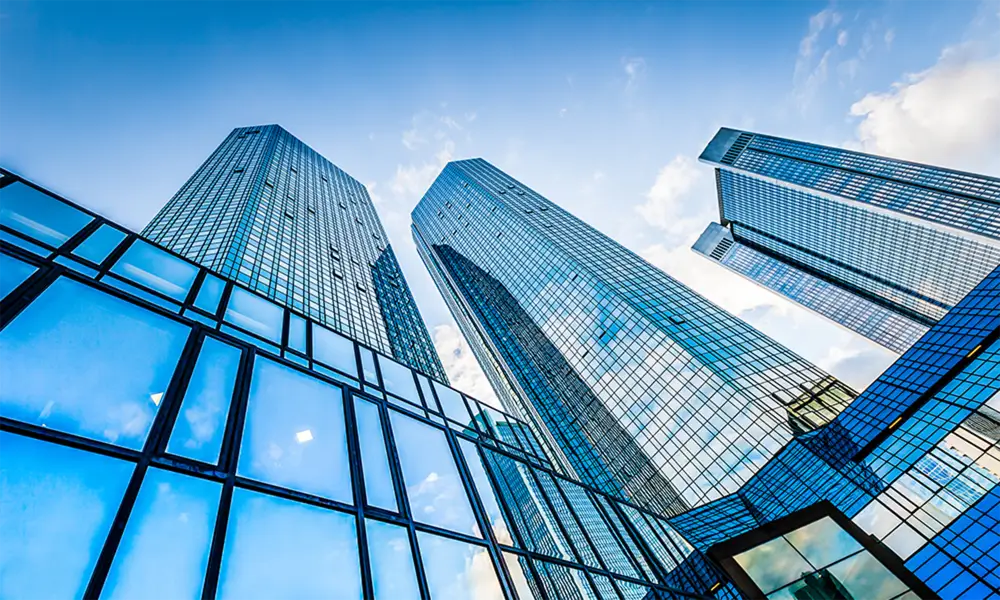

The Importance of Patterned Safety Glass in Modern Architecture
In contemporary architecture, the integration of aesthetics and safety is paramount. One of the most innovative materials that has gained prominence in recent years is patterned safety glass. This specialized glass not only enhances the visual appeal of buildings but also provides essential safety features that are crucial in urban environments.
Patterned safety glass is designed with an array of textures and designs that can transform a mundane facade into a work of art. These patterns can vary from simple geometric shapes to intricate designs that reflect cultural motifs or environmental themes. This versatility allows architects to express their creativity while maintaining the structural integrity and safety that modern buildings demand.
One of the primary advantages of using patterned safety glass is its ability to minimize the risk of injury. Traditional glass can shatter upon impact, leading to sharp shards that pose a significant danger to occupants and passersby. In contrast, safety glass is specifically engineered to withstand high levels of stress and impact. It is typically made by laminating layers of glass with a durable interlayer that holds the pieces together in the event of breakage. This feature is especially vital in high-rise buildings and areas with high foot traffic, where the risk of accidents is heightened.

Moreover, the patterned finishes on safety glass contribute to glare reduction and privacy. The unique designs can obscure visibility from the outside without sacrificing natural light, making spaces more comfortable and secure. This is particularly beneficial for residential buildings and offices situated in bustling urban settings, where the influx of traffic and pedestrians can lead to feelings of exposure. By utilizing patterned safety glass, architects can create inviting and serene environments while maintaining the necessary security protocols.
In addition to safety and aesthetic appeal, patterned safety glass is also environmentally friendly. Many manufacturers are now producing glass using sustainable practices and materials, contributing to green building initiatives. The use of energy-efficient glass can help regulate temperature within buildings, reducing the need for artificial heating and cooling. Consequently, this not only lowers energy costs but also minimizes the carbon footprint associated with building operations.
In conclusion, patterned safety glass represents a groundbreaking evolution in architectural design. Offering a blend of beauty, safety, and sustainability, it addresses the diverse needs of modern construction. As urban landscapes continue to evolve, the use of patterned safety glass will undoubtedly play a pivotal role in shaping safe, functional, and visually striking environments. Its significance in balancing aesthetics with safety cannot be overstated, making it a crucial element in the future of architecture.